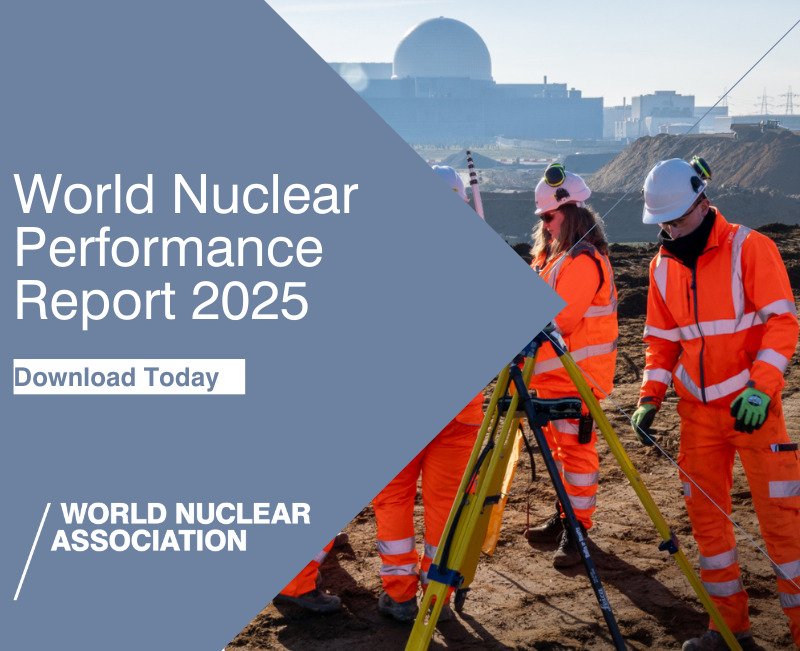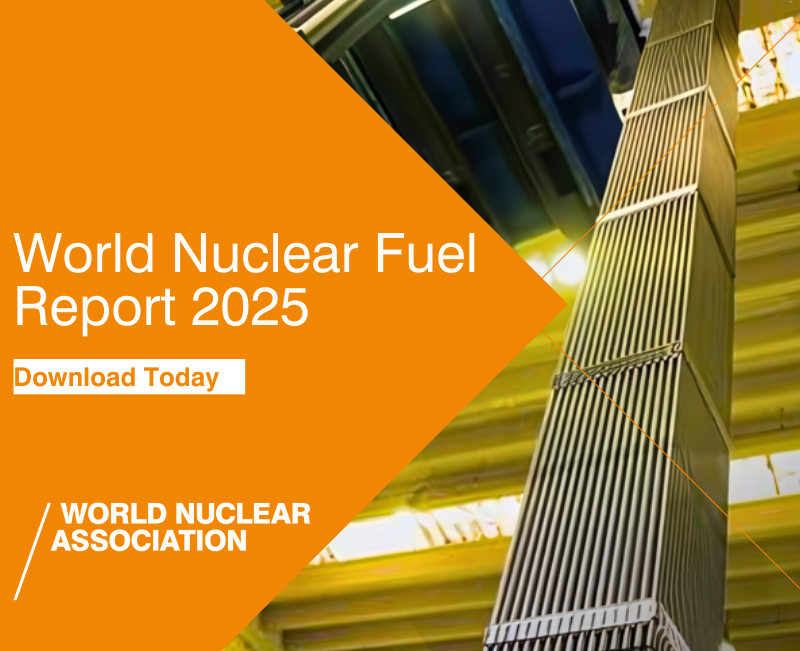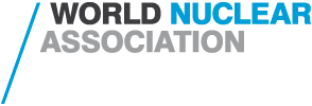This year's total figure - the highest since 2022 and a 178% rise from last year - includes several major funding rounds including the USD900 million Series A for US-based Pacific Fusion, which came out of stealth mode in November 2024. Other significant rounds included a USD425 million Series F for US-based Helion in January 2025, and EUR113 million (USD132 million) Series B for Germany-based Marvel Fusion.
The amount of public funding raised this year increased by 84%, growing by almost USD360 million to nearly USD800 million in total, the report notes.
"It's a signal of maturing investor confidence, technological progress, and a rapidly coalescing supply chain," said Fusion Industry Association (FIA) CEO Andrew Holland. "This is despite the fact that most of the last half-decade have not been banner years for broader investment in technology fields – affirming fusion's unique appeal as a secure, scalable, and clean energy solution to the world's power needs."
However, despite the acceleration in funding, the FIA found that 83% of respondents still consider investment a major challenge. When asked how much more investment each company would need to bring their first pilot plants online, answers ranged from USD3 million to USD12.5 billion, with a median response of USD700 million. Giving a total of USD77 billion, this is eight times more than has been committed to the industry to date, though the report emphasises that "this should not be taken as the total investment needed, as there will inevitably be some consolidation, with a smaller number of market leaders emerging".
Access to funding remains a major issue for fusion companies, the report says, underscoring the long development timelines and capital intensity of the industry. "Across the board, the responses highlight that while fusion's promise is within reach, sustained progress will require a continuation of technological breakthroughs and financial, regulatory, and policy support."
Fusion companies remain confident in their timelines for delivering fusion-generated electricity to the grid, with 84% of respondents believing this will happen before the end of the 2030s and 53% by 2035.
"Fusion is no longer a dream that is perennially deferred to '20 years from now'. It is a technology being built today, with tangible progress year over year," Holland said. "The next few years will determine not just which companies succeed, but how this generation delivers on a promise made decades ago when the potential of fusion was discovered: to power the world with secure, limitless, clean energy."

_92232.jpg)



_18570.jpg)
_18938.jpg)
_33584.jpg)
_82983.jpg)





